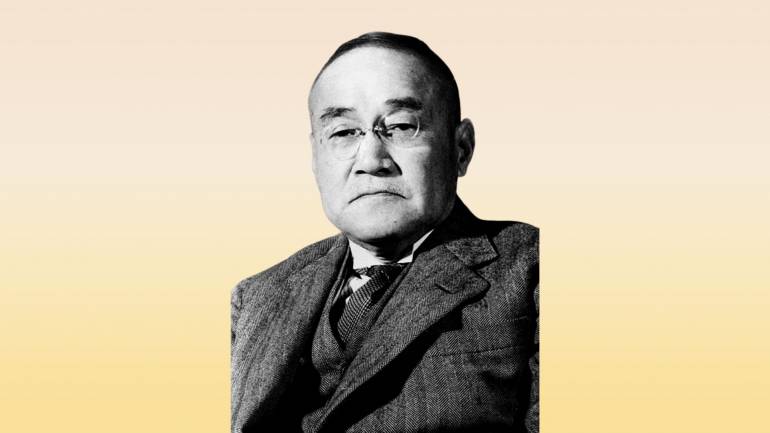Shigeru Yoshida: five-time Japanese prime minister who kept his Catholic faith secret until death

He kept his Catholic faith hidden throughout his life.
This Japanese, who served his country as its prime minister five times, kept his Catholic faith in secret throughout his life.
Probably because he was a politician and most of Japan were Shinto and Buddhism followers.
Shigeru was the son of a samurai of the Tosda Domain, a feudal realm under the Tokugawa shogunate of the Edo period.
Unfortunately, he had not had the chance to see his biological mother, who was a concubine of his father, or a geisha.
Shigeru's mother gave him birth at the house of his father's friend. At the time, his father, Taisuke Itagaki, was serving time in jail for his involvement in the Satsuma Rebellion, an uprising by samurai topple the Japanese imperial government in 1877.
Shigeru was adopted by his father's friend, Kenzō Yoshida, who gave him his name.
One year after the Japanese Empire defeated the Russian Empire over their geopolitical interest in Manchuria and the Korean Empire, Shigeru graduated with a degree in law from Tokyo Imperial University in 1906.
He also passed the examination for foreign service and was admitted to the diplomatic corps of Japan in the same year.
As a diplomat, he was posted first in China in 1906. In 1909, he was assigned to Italy. He married Yukiko Makino, daughter of Nobuaki Makino, a Japanese politician and imperial court official in the same year.
In 1912, he was posted in Korea. He retired from the diplomatic service after his stint as ambassador to the United Kingdom in 1938.
Shigeru strongly opposed fighting a war against the United States and the United Kingdom. Although he had no official position during World War II, he actively made efforts to prevent a war against the Allies - proof of his being a calibre diplomat.
He joined Prince Fumimaro Konoe, a Japanese politician and former prime minister, to ease the tension with the Allies, but they failed. He and Konoe also attempted to get Japan to negotiate with the Allies for peace.
Shigeru became prime minister in 1946 after World War II. He was Japan's 45th, 48th, 49th, 50th, and 51st prime minister, making him prime minister for five times.
He was baptized a Catholic on his deathbed. His baptism was reportedly encouraged by one of his daughters.
He kept his Catholic faith hidden throughout his life.
Shigeru had his reason why keeping his Catholic faith unknown to the public. And maybe only the members of his family knew. And perhaps, his family were Catholics, too.
The latest Japanese practice of hiding their Catholic faith from the public could be traced back to the early 17th century until 1873 during the Tokugawa shogunate.
During this period, the Japanese Catholics, known as Kakure Kirishitan (Hidden Christians), were forced to go underground as a result of repression by the shogunate, a military government during the Edo period.
But even long before the Tokugawa shogunate, the Japanese Catholics had been persecuted, and many died as martyrs.
For 250 years, some Japanese Catholics did not receive the blessing from the priest, nor the sacraments, due to hiding because of persecution.
It was St. Francia Xavier, a Basque Spaniard, who was the first to evangelize Japan. He landed in Kagoshima in 1549 together with three young Japanese men he earlier converted in India.
There had been about 300,000 Japanese who converted to the Catholic faith by the end of the 16th century. However, the spread of the faith was hampered by decades of persecution.
At Shigeru's state funeral, there were two mountains of pink, yellow, and white chrysanthemums in baskets, with Madonna lilies on top.
A signage before the mountains of flowers was placed telling that those came from the Imperial Majesties.
He is known for the Yoshida Doctrine, a policy that sought Japan's post-war recovery. It focused Japan's resources on restructuring Japan's economy and forged a security alliance with the United States.
It limited defense forces as it concentrated on economic recovery and growth.








